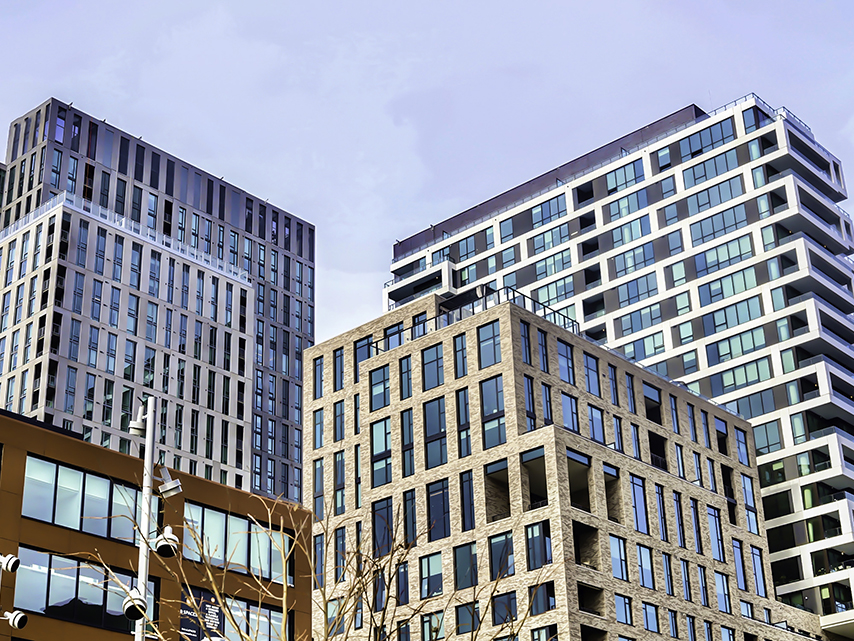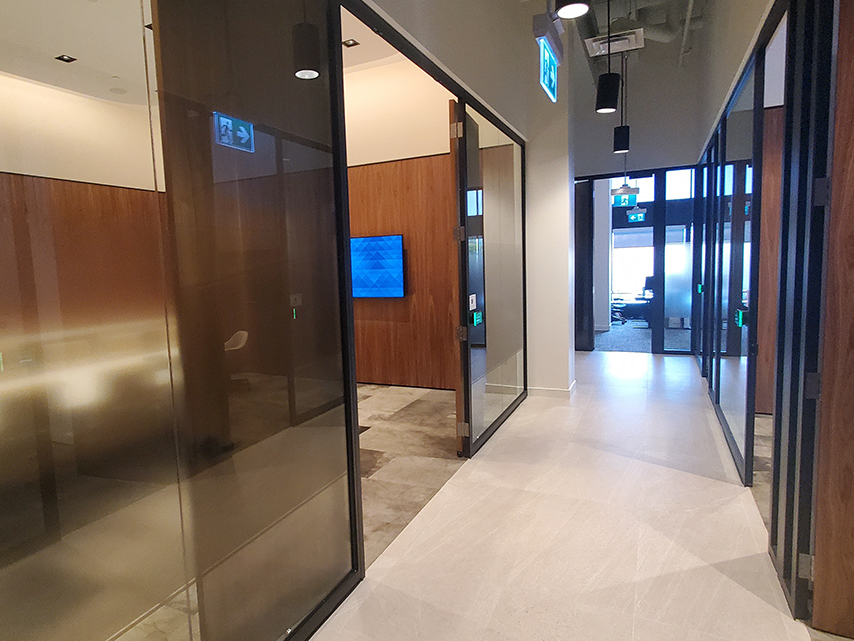Building Information Modelling (BIM*) is a topic you’re going to hear a lot about in the CRE sector in 2018 - and beyond. BIM tools have clearly demonstrating the potential to alter many fundamental and important aspects of our industry – for the better.
(*BIM; acronym for Building Information Modelling; designing assessing, rehabilitating and in some case managing real estate assets using computer models as opposed to traditional construction documentation.)
We are moving rapidly towards an era when “virtual visualization” will enable more efficient management, storage, retrieval and sharing of information relating to new and existing CRE portfolios – and even assets you may be contemplating investing in.
Companies are now able to save a great deal of time and effort, keep better records and transmit information quickly. The net result for CRE professionals will translate into greater flexibility, market agility - and profitability.
Imagine for a moment that you're a “stakeholder” in a new building or renovation project - consider the benefits of viewing the building before it's built- without fabricating an expensive scale model or putting your money on the table.
Although the basic concept has been around for a number of years BIM really took off when facility engineers wholeheartedly embraced BIM technologies and began demonstrating how it could significantly improve many important functions in commercial real estate. (CRE)
Benefits of BIM Technologies
Computerized modelling enables;
- Assessment of alternative design and/or remediation plans – thereby enabling realistic comparison of real costs and rate of return on investment.
- Remarkable simplification of contract documentation as stakeholders approach the construction stage.
- Optimization of construction sequencing and logistic functions on-site.
- Graphic illustration of the entire scope of work using 3D/4D models thereby eliminating “build ambiguities” while anticipating construction "overlaps".
- Simplification of commissioning and project "hand over" using digitized construction documentation.
Companies and consultants that provide on-site building measuring and BIM modelling services can now undertake “virtual” retrofits to illustrate the potential for energy savings that demonstrate monthly and/or yearly savings for various build, remediation or adaptive re-use concepts.
The technology is also capable of significantly transforming how we approach managing buildings and real estate portfolios. The technology also has the potential to impact the way we list and sell and market buildings – important factors to consider.
For example using BIM programs enables managers to bring all of the stakeholders together in the same room and have live interactive dialogues accomplishing in 1 day what used to take months of effort to complete.
BIM enables CRE professionals or their consultants to perform “virtual” retrofits of entire portfolios, buildings or individual components to evaluate sustainably and estimate ROI.
BIM experts can graphically demonstrate, for example the potential energy savings and analysis the results that would be produced from utilizing different kinds of window profiles and/or glazing materials.]
Utilizing demonstrative visual programs allows CRE companies to see the cost benefits of replacing various components of the building envelope including glazing, curtainwall systems, insulation and even roofing - before making the investment.
For example, BIM programs are capable of producing are what are known as “time lapse daylighting studies” to show areas that do not need light filters, operable shutters for lighting and fenestration components.
Another potential benefit results from the capability of anticipated “overlap” and scheduling problems on-site, a problem which is widespread and expensive - especially for complex projects. [In simple terms, this means reducing the number of costly deficiencies which can occur on-site when construction activities “overlap*” or clash.]
(*Avoiding conflicts aside from shortening the on-site building process can save time and money by improving co-ordination and identifying conflicts early on- before they turn into expensive defects that must be repaired.
This ability to “construct” a building electronically before it is actually built might lead to ever more sophisticated structures that push design and construction envelopes, because owners and contractors will be able to see early on whether the architect's vision can be achieved in reality.
In the same vein, the early dialogue that BIM facilitates between architects, owners and contractors will help identify true impossibilities up front, as well.
According to the professionals we spoke with if you haven't seen or used BIM - you will within the next 2 years and some are predicting it will revolutionize boththe construction and real estate industries.
The sustainability aspect of BIM is especially crucial as the Canadian construction industry seeks to maintain global competitiveness. Many experts feel we now we have the same information that is being collected and re-collected over and over again through design, construction, facility management and even demolition.
A 2004 study estimated that lack of better and universal standards is one of the most important needs when it comes to BIM utilization, however a number of governmental and private agencies are working together to improve this perceived limitation.
Buildings like Toronto's iconic Tip Top Tailors utilized BIM modelling tools before - and after to help determine remediation costs and remediation schedule estimates. (After completion BIM tools were used to determine square footage and help potential condominium purchasers view unit options and other details.) Shown in these two photographs are the TIP TOP buildings before – and after remediation.
For example the Canadian Construction Association recently joined forces with other design/construction organizations to form the Institute for Building Information Modelling in Canada (IBC). https://www.ibc-bim.ca
The group's mission is to facilitate co-coordinated BIM use in the creation and management of the Canadian built environment.
Its members represent industry sectors with an interest in seeing BIM implemented in a way enabling the primary stakeholders to understand their roles and responsibilities.
In summary CRE stakeholders are developing BIM solutions that enable control of complex information in ways we never imagined for commercial real estate in pre-digital days.
It is still essential however even though surveys showed 95% of 'professionals are aware of BIM - you still need to do your homework. The technologies are complex and you need to stay up-to-date.
Cornerstones © is an informational feature posted by Monster Commercial Real Estate.
Make sure your firm is posted on the Monster CRE Resource Directory: the 1-stop source that building owner/operators can rely on.
Contact Brian at This email address is being protected from spambots. You need JavaScript enabled to view it.
Pro Rata Share - The ratio between a Tenant's occupancy of rentable square footage in a building to the entire building's rentable area.
Photo images are provided by Brian Burton.
For more information on Monster Commercial about the significance of BIM you can also read Energy reduction made easy through the use of advanced modelling analysis.








